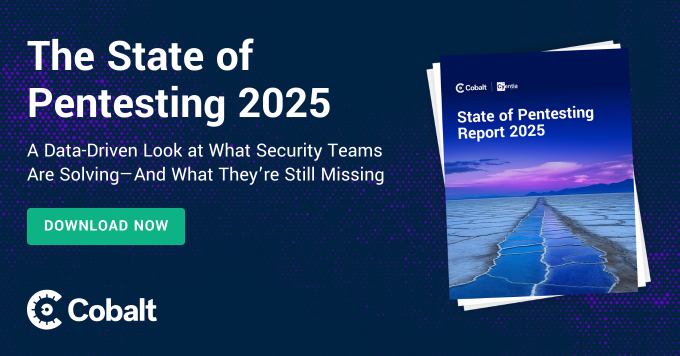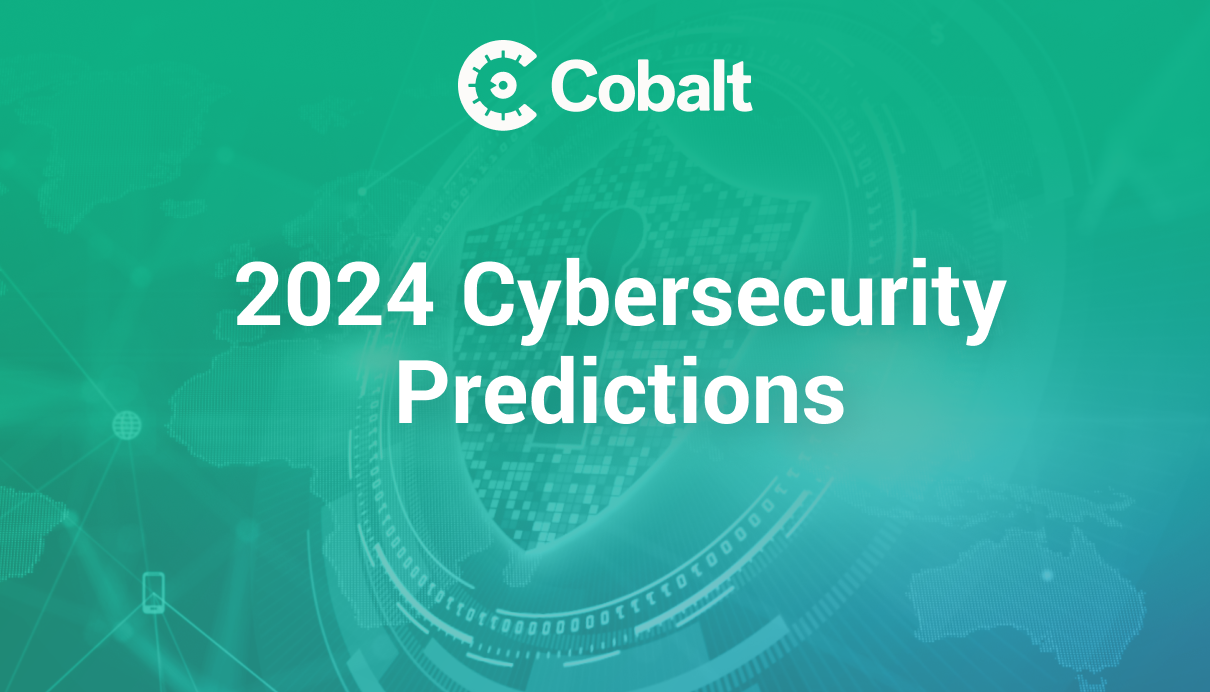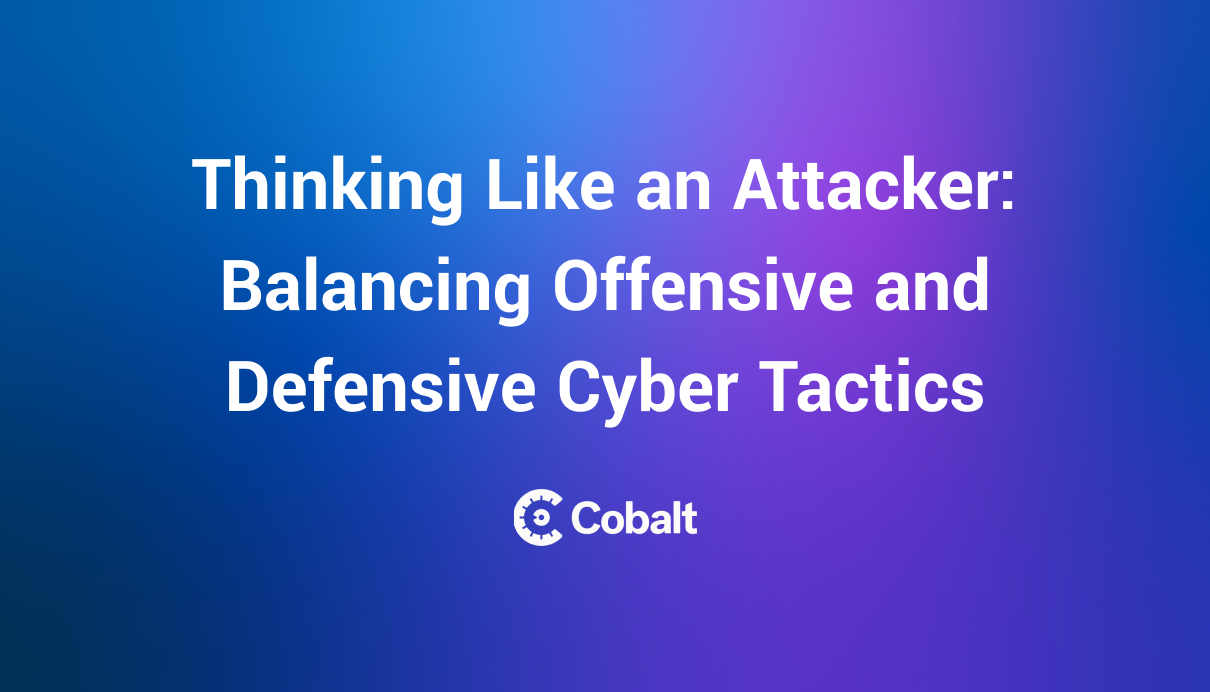Two decades ago, the U.S. Department of Homeland Security, the National Cyber Security Alliance, and the Cybersecurity and Infrastructure Security Agency (CISA) collaborated to create National Cyber Security Awareness Month (NCSAM).
Their goal was simple: equip Americans with tools and knowledge for online security.
Today, NCSAM has broadened its focus from educating consumers about basic online safety to addressing complex cybersecurity topics for businesses and infrastructure sectors. And since cyber threats are on the rise, this year's 20th-anniversary theme, Secure Our World, underscores the fact that everyone needs to take steps to safeguard their digital assets.
Whether it's creating strong passwords, using access controls, recognizing phishing scams, or taking proactive steps to anticipate major cyberattacks, the cybersecurity threats below show just how important this year's theme really is.
Top 10 Cybersecurity Threats of the Last Two Decades
There are roughly 2,200 cyberattacks per day globally, and by some estimates, 95% of security failures are due to human error. So, the first step towards becoming more cyber secure is understanding some of the top threats that have emerged over the last two decades.
These include, but are not limited to:
- Ransomware Attacks: These malicious software programs encrypt victim data, holding it ransom until payment is made. Notable instances include WannaCry, Petya, and NotPetya.
- Phishing Schemes: Deceptive attempts to gather sensitive information by masquerading as trustworthy entities. Variants include spear phishing, targeting specific individuals, and whaling, targeting high-profile victims. Numerous significant breaches have occurred due to these tactics.
- Distributed Denial of Service (DDoS) Attacks: Attacks meant to disrupt a service or network by overwhelming it with traffic. One of the most impactful was the Dyn attack in 2016, which took down major websites globally.
- Advanced Persistent Threats (APTs): Prolonged, stealthy attacks often sponsored by nation-states. Stuxnet, which targeted Iranian nuclear facilities, and SolarWinds, which compromised numerous U.S. government agencies, are key examples.
- Zero-Day Exploits: These are attacks targeting undisclosed vulnerabilities in software, meaning the vendor has "zero days" to fix the problem. Their unpredictability and potential damage make them particularly dangerous.
- Man-in-the-Middle (MitM) Attacks: Interceptions where attackers secretly relay and possibly alter communications between two parties. They can be used to steal login credentials or inject malicious content.
- IoT Vulnerabilities: As devices become increasingly connected, they also become targets. Smart home devices, medical equipment, and even cars have experienced notable breaches.
- Cryptocurrency Mining Malware: Also known as "crypto jacking," attackers use this to hijack computing resources to mine digital currencies, often without the victim's knowledge.
- Insider Threats: These breaches are instigated from inside an organization. Whether intentional, as with disgruntled employees, or accidental, these can be as damaging as external attacks.
- Cloud Security Breaches: With businesses increasingly relying on the cloud, vulnerabilities here have become more prominent, with incidents like the Capital One data breach exemplifying the risks.
These threats range from the technologically intricate to the psychologically manipulative – and they're a stark reminder of the number and diversity of cybersecurity challenges organizations and individuals face.
Cybersecurity Threat Categories and Techniques
To better arm ourselves against evolving cyber threats, it's crucial to be aware of the specific techniques used by cybercriminals as well.
Malware Attacks
- Viruses: Malicious programs that self-replicate, spreading from one device to another.
- Worms: Self-spreading malware that moves across networks, taking advantage of system vulnerabilities.
- Trojans: Harmful software that disguises itself as legitimate, potentially giving attackers unauthorized system access.
Social Engineering Attacks
- Spear Phishing: A personalized phishing attack where the cybercriminal has researched its target, making the deception more convincing.
- Baiting: Luring victims by offering something enticing in return for data or access.
- Pretexting: Fabricating a scenario to extract personal data from the victim.
Drive-by Downloads
- Malvertising: Malicious advertisements are surreptitiously placed on legitimate online platforms, leading to potential malware downloads.
- Watering Hole Attack: Attackers infect websites frequently visited by a target group, aiming to compromise members of that group.
Rogue Software
- Fake Antivirus: Scams that deceive users into believing their system is infected, prompting them to download and sometimes purchase bogus antivirus solutions.
Password Attacks
- Brute Force: Attackers try numerous password combinations until they find the correct one.
- Dictionary Attacks: A method where potential passwords, often from a predetermined list or 'dictionary', are tested against a system.
Eavesdropping Attacks
- Packet Sniffing: Capturing data packets in transit to scrutinize their content.
- Side-Channel Attacks: Extracting data from the physical aspects or operations of a system.
AI-Powered Attacks
- Deep Fakes: Utilizing AI to fabricate realistic-looking images or videos. These can be used for impersonation or misinformation.
- Automated Phishing: Deploying AI tools to automate the crafting and dissemination of deceptive phishing messages.
Understanding the Impact: Top 10 Consequences of Cybersecurity Threats in the Last Two Decades
The ripple effect of cyber threats is expansive, often affecting personal, economic, and national arenas in unprecedented ways:
- Identity Compromises: With the surge in cyberattacks, there has been a corresponding increase in identity theft. The breach at Equifax in 2017 stands as a cautionary tale, where the personal data of almost 147 million people was laid bare, resulting in a multitude of identity theft cases.
- Financial Setbacks: Cyber incidents can be financially crippling. The WannaCry ransomware outbreak in 2017 is an illustrative case, causing an estimated global loss of around $4 billion, showcasing the tangible economic consequences of such attacks.
- Damaged Trust: Trust, once lost, is hard to regain. Yahoo's revelations of data breaches in 2016 and 2017 seriously undermined its standing, causing a substantial erosion of its user base and perceived reliability.
- Loss of Trade Secrets: Intellectual property, the lifeblood of many organizations, is a prime target. The SolarWinds breach in 2020 shed light on this, leading to the theft of significant intellectual assets, and compromising competitive edges.
- Service Interruptions: Attacks aiming to overwhelm services can have widespread effects. Dyn experienced this firsthand in 2016 when a DDoS attack disrupted access to major platforms, such as Twitter and Reddit, affecting millions globally.
- Legal Repercussions: Companies are not just facing technical challenges but legal ones as well. Breaches can lead to lawsuits and substantial fines, as British Airways and Marriott discovered in 2019 when they faced combined penalties totaling in the hundreds of millions under GDPR regulations.
- Physical Threats: Some cyberattacks transcend the digital realm, causing tangible harm. A stark example was in 2015, when an attack on Ukraine's power grid left parts of Kyiv in the cold, showing that cyber threats can have very real physical consequences.
- Privacy Violations: The sanctity of personal data is continually under threat. The breach at Capital One in 2019 is a reminder of this vulnerability, where over 100 million customers had their data exposed.
- Operational Challenges: Cyber incidents can bring operations to a standstill. Maersk felt the weight of this in 2017 when the NotPetya malware severely hampered its business processes, showcasing the broader operational implications of cyber threats.
- Geopolitical Impacts: Cyber threats have even taken center stage in global politics. The breach at Sony Pictures in 2014, attributed to North Korean actors, not only disrupted the company but also stirred geopolitical tensions, underlining the broader international ramifications of cyber incidents.
These varied consequences underscore the multi-dimensional challenges posed by cyber threats, emphasizing the importance of comprehensive cybersecurity measures.
Harnessing the Best Cyber defense
The past two decades have shown the increasing ingenuity and persistence of cyber threats. In this evolving landscape, reactive measures are no longer sufficient.
Luckily, proactive actions, like penetration testing (or pentesting), have become a frontline defense. Cobalt offers cutting-edge solutions, ensuring vulnerabilities are identified and addressed head-on. As cyber threats grow, so does the importance of harnessing the best tools to protect our digital world.










